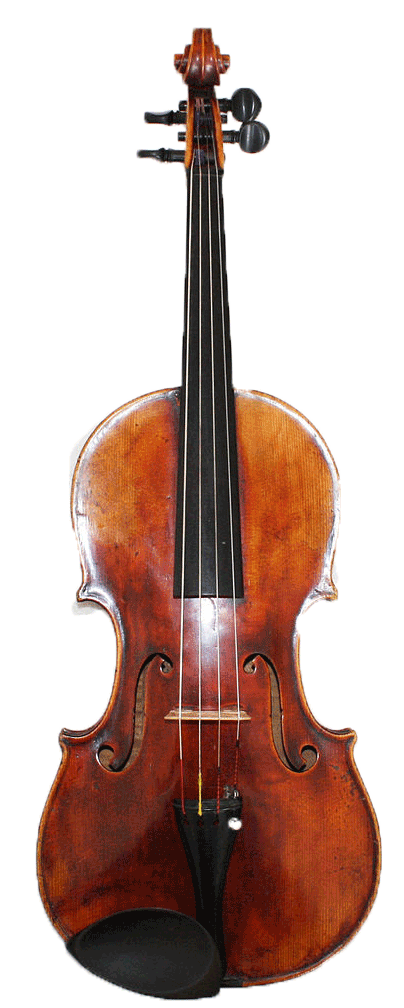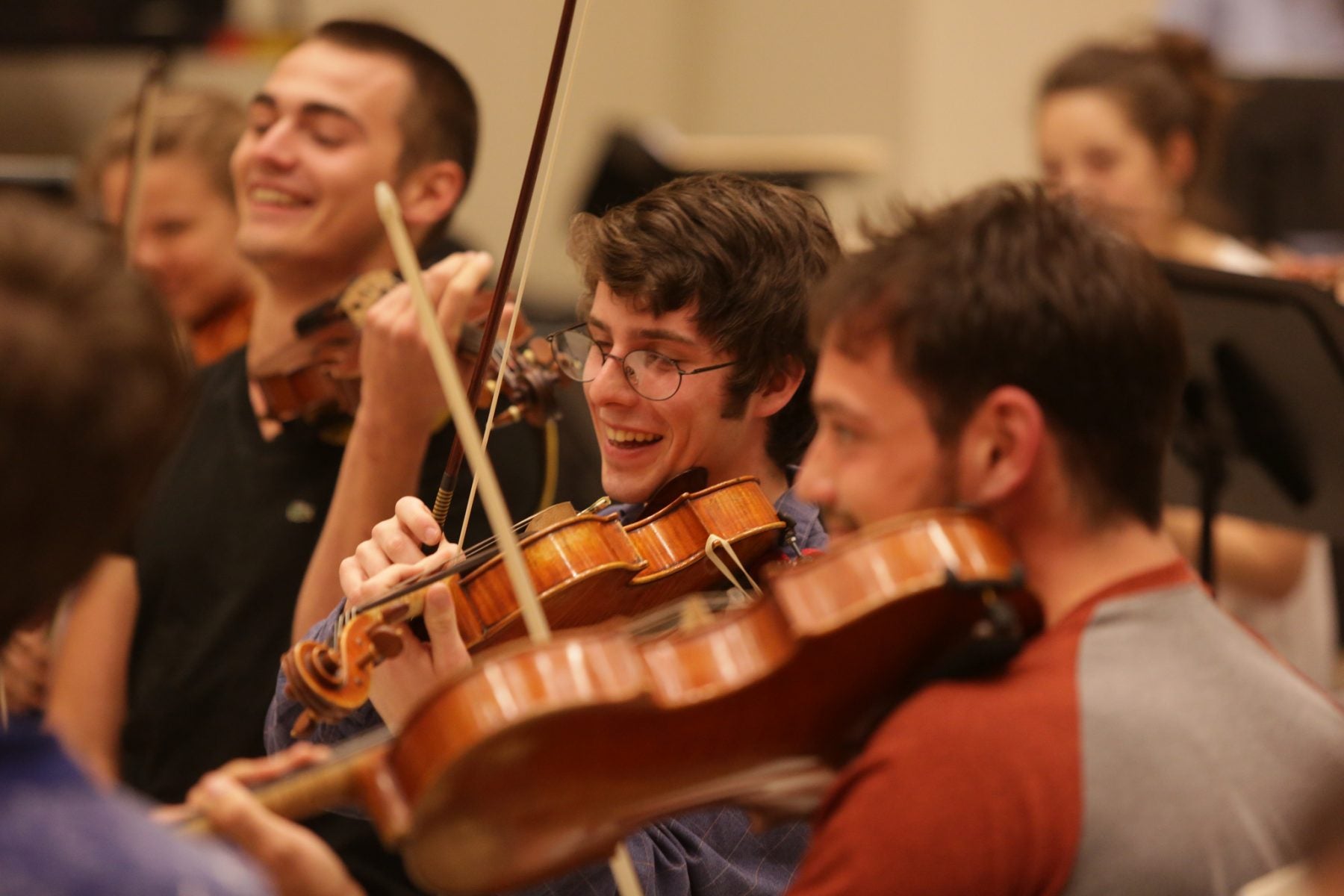Q. What’s the difference between a viola and a lawnmower?
A. You can tune a lawnmower.
Q. What’s difference between a viola and a vacuum cleaner?
A. You have to plug in the vacuum cleaner before it sucks.
Q. Why are violists’ fingers like lightning?
A. They they never strike in the same place twice.
 Every subculture has its in-jokes. Classical musicians are no exception, and the punchline usually involves a viola. Violists are portrayed as bumble-fingered dimwits and their instruments as worthless noise-boxes.
Every subculture has its in-jokes. Classical musicians are no exception, and the punchline usually involves a viola. Violists are portrayed as bumble-fingered dimwits and their instruments as worthless noise-boxes.
In “No Laughing Matter: The Viola Joke Cycle as Musicians’ Folklore,” published in the journal Western Folklore, ethnomusicologist Carl Rahkonen catalogues and analyzes viola jokes that were circulating on the Internet at the time of his research in the late 1990s. Rahkonen, who is a viola player himself, suggests that viola jokes might be a self-limiting “joke cycle,” the natural history of which could merit future ethnological study. (Fifteen years after the publication of his article, the viola remains the punching bag of classical music humor, and the same collection of jokes remains in vigorous circulation online.)
Rahkonen classifies viola jokes into six overlapping categories, for which he provides dozens of examples:
- Jokes that disparage the instrument itself. (What’s the difference between a viola and a trampoline? You take your shoes off to jump on a trampoline.)
- Jokes disparaging violists. (What does it mean when a violist drools out of both sides of his mouth? The stage is perfectly level.)
- Jokes easily understood outside classical music circles. (What’s the difference between a violist and a dog? A dog knows when to stop scratching.)
- Jokes that may be understood only by musicians. (What’s the definition of a quarter-tone? Two violists playing the same note.)
- Reverse jokes that take revenge against viola jokes, often at the expense of violinists, who are lampooned as swaggering exhibitionists and scoundrels. (Why are violins smaller than violas? They’re not—it’s the violinists’ heads which are larger. Or, ruder: Why don’t violists have hemorrhoids? Because all the assholes are in the first violin section.)
- And, because most viola jokes are told in short, riddle-format, long-form narrative viola jokes. (Why are most viola jokes so short? So violinists can remember them.)
So, why do violas and their players bear the brunt of so much comic abuse?
Viola jokes, Rahkonen writes, “serve the functions of reinforcing the hierarchical structure of the orchestra and to voice unspoken but widely believed stereotypes. A joke,” he writes, “will be funny only if it is unanticipated and if there is some basis to it in perceived reality.”
Poor violas. They get no respect. In orchestral and chamber music, the viola plays the inner harmony, which is less virtuosic than the violin part, and perceived throughout the orchestra as less difficult technically. The solo literature for viola is limited, compared to violin and cello, and is written mostly in the alto or “c” clef, making its musical notation bewildering to players familiar with the more common treble and bass clefs. (What’s the difference between the alto clef and Greek? Some conductors actually read Greek.) The instrument itself has some physical peculiarities, including its size, which is physically cumbersome for players, and which presents some issues with sound production. A viola is about 10% bigger than a violin and is pitched a fifth lower; due to its dimensions and the physics of music, the viola projects less powerfully than its high-strung, look-alike cousin, and is more difficult to play in tune. (What’s the difference between a violin and a viola? A viola holds more beer.)
And then there are the players themselves. For one thing, they’re outnumbered two-to-one in orchestras and string quartets. Violists tend to get a later start learning their instrument because, thanks again to the laws of physics, child-size violas sound terrible. Many violists start their careers as violinists, and there is a perception, right or wrong, that failed violinists flee to the viola section.
“Viola players,” writes Rahkonen, “are frequently considered inferior musicians since they are thought of as the ones who couldn’t make it playing the violin.” He quotes composer Richard Wagner who wrote, in 1869, “The viola is commonly (with rare exceptions) played by infirm violinists, or by decrepit players of wind instruments who happen to have been acquainted with a string instrument once upon a time.” In today’s amateur and community orchestras, the caricature of a badly-trained player struggling on a terrible instrument isn’t far off the mark.
The implication that violas are less important, beautiful, and valued than violins makes little sense in the context of symphonic and chamber music, where complex harmonies are utterly reliant on the central, inner voice of the viola section. And arguably greater composers than Wagner—J. S. Bach and Mozart, among others—have championed the viola as their favorite instrument.







